Author: Steve Thanos
Brewing is a fairly time intensive process. In order to produce the highest quality product possible, brewers engage in steps such as mashing and boiling for 60 minutes or longer, pitching yeast into cool wort, and controlling fermentation temperatures, among other things. Depending on the equipment and preferred methods, a typical brew day can last anywhere from 4 to 8 hours, which for some is an enjoyable part of the process.
However, sometimes life gets in the way, and for those who brew as a hobby, dedicating half of a day to making beer can be difficult to justify. A solution to this issue is the Short & Shoddy approach, which involves reducing the overall time and effort it takes to brew a batch of beer through the abbreviation of steps believed by many to be necessary.
Of the various methods that fall under the Short & Shoddy umbrella, the two that result in the biggest time savings are reducing mash and boil times, which multiple past xBmts indicate have minimal perceptual impact, at least when employed on their own. Like many others, I’ve often wondered about the impact combining these variables might have on beer, so I designed an xBmt to see for myself.
| PURPOSE |
To evaluate the differences between an American Stout made with either a 30 minute mash and 30 minute boil or 60 minute mash and 60 minute boil.
| METHODS |
For this xBmt, I went with a unique American Stout recipe I’ve brewed several times in the past and have solid experience with.
But I Read It On The Interwebs
Recipe Details
| Batch Size | Boil Time | IBU | SRM | Est. OG | Est. FG | ABV |
|---|---|---|---|---|---|---|
| 5.5 gal | 60 min | 52.8 | 46.1 SRM | 1.049 | 1.011 | 4.99 % |
| Actuals | 1.049 | 1.011 | 4.99 % | |||
Fermentables
| Name | Amount | % |
|---|---|---|
| Vienna Malt | 10 lbs | 83.33 |
| Roasted Barley | 12 oz | 6.25 |
| Caramel 60 | 10 oz | 5.21 |
| Chocolate | 10 oz | 5.21 |
Hops
| Name | Amount | Time | Use | Form | Alpha % |
|---|---|---|---|---|---|
| Columbus/Tomahawk/Zeus (CTZ) | 20 g | 60 min | Boil | Pellet | 14.1 |
| Columbus/Tomahawk/Zeus (CTZ) | 28 g | 10 min | Boil | Pellet | 14.1 |
Yeast
| Name | Lab | Attenuation | Temperature |
|---|---|---|---|
| Darkness (A10) | Imperial Yeast | 75% | 32°F - 32°F |
Notes
| Water Profile: Ca 40 | Mg 13 | Na 9 | SO4 10 | Cl 14 |
Download
| Download this recipe's BeerXML file |
I started off by collecting 2 sets of water, adjusting both to the same desired profile, and lighting the flame to get them heating up, after which I weighed out and milled the grains for each batch.
Once the water for each batch was adequately heated, I incorporated the grains then checked to make sure both were at the same 154°F/68°C mash temperature.
While the mashes were resting, I prepared the kettle hop additions.
After 30 minutes, I removed the grains from the first batch while the second was left alone for an additional 30 minutes before receiving the same treatment. I then boiled the first batch of wort for 30 minutes, using a larger initial hop addition in order to achieve a similar IBU as the batch that was boiled for 60 minutes. Once each wort was done boiling, they were chilled and racked to identical fermenters, at which point I took hydrometer measurements that unexpectedly showed both were at the same OG.
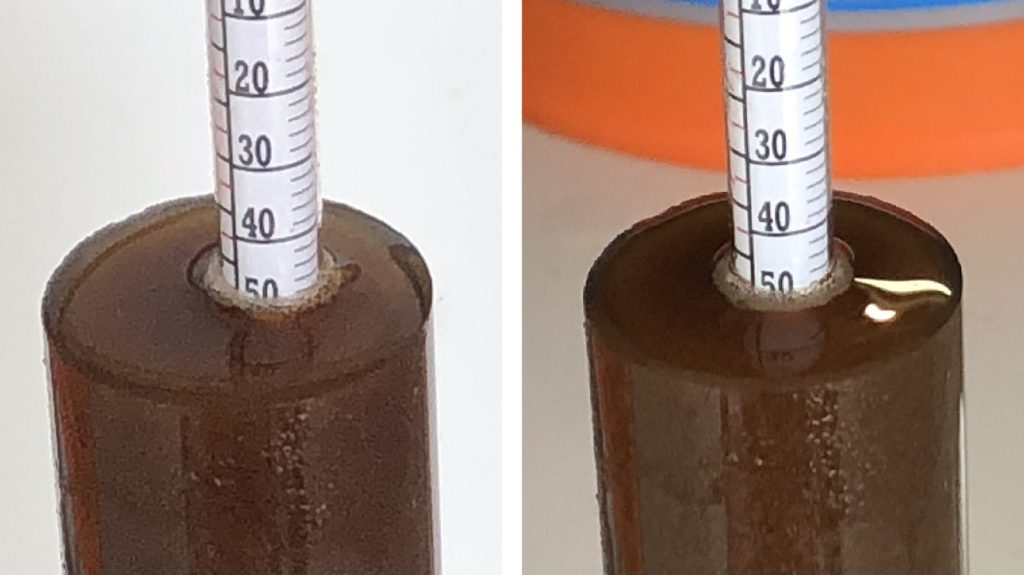
The filled fermenters were placed in my chamber and left to finish chilling to my desired fermentation temperature of 66°F/19°C for a few hours before I pitched a pouch of Imperial Yeast A10 Darkness into each.
With signs of fermentation activity absent after a week, I took hydrometer measurements showing the beer made with an abbreviated mash and boil finished 0.001 SG point lower than the standard batch.
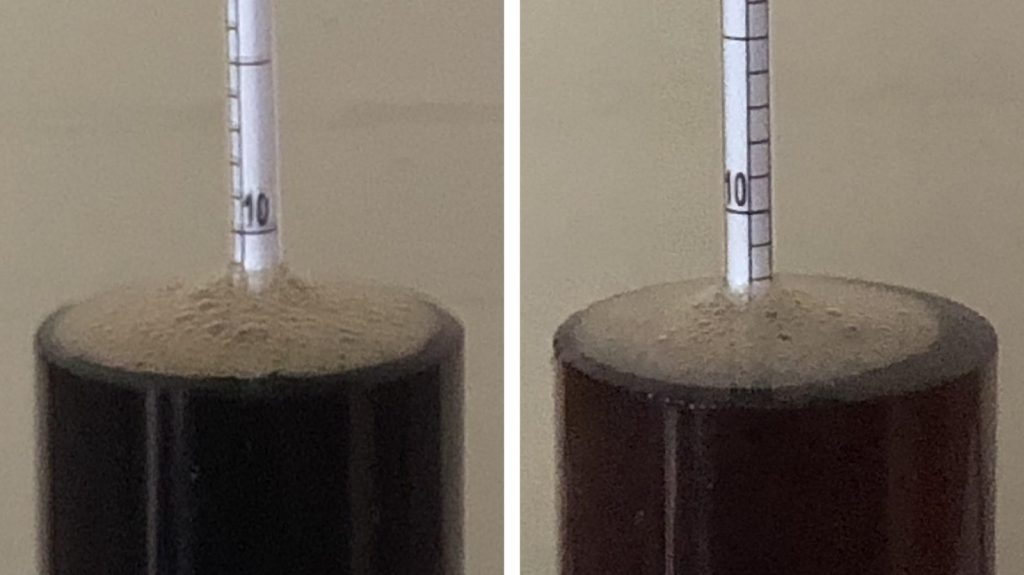
At this point, I transferred the beers into CO2 purged kegs that were placed in my keezer and burst carbonated overnight before the gas was reduced to serving pressure. After a week conditioning, the beers were ready to serve to tasters.
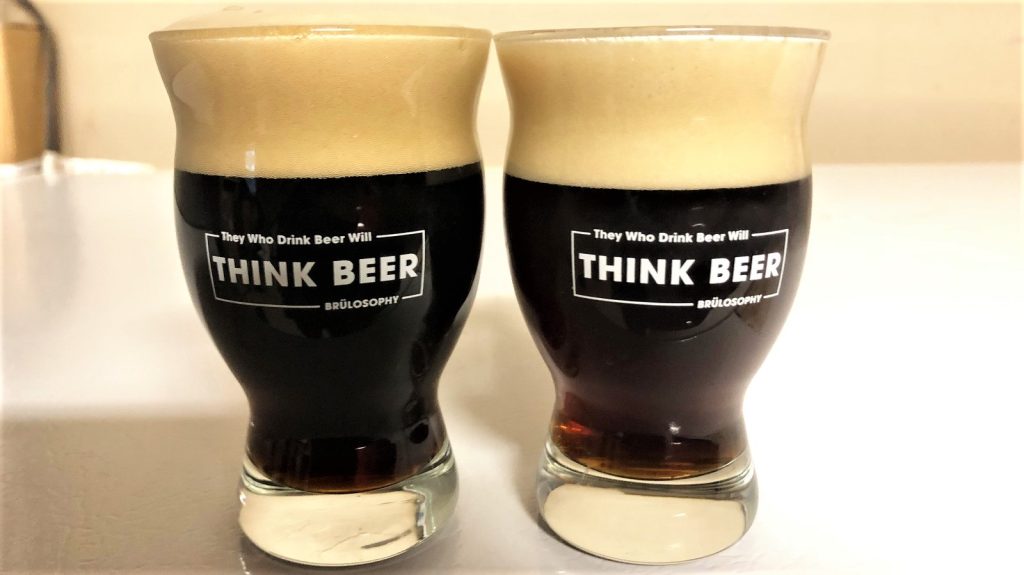
| RESULTS |
A total of 24 people of varying levels of experience participated in this xBmt. Each participant was served 2 samples of the beer made with a 30 minute mash and 30 minute boil and 1 sample of the beer made with a 60 minute mash and 60 minute boil in different colored opaque cups then asked to identify the unique sample. While 13 tasters (p<0.05) would have had to accurately identify the unique sample in order to reach statistical significance, only 10 did (p=0.25), indicating participants in this xBmt were unable to reliably distinguish an American Stout made with an abbreviated mash and boil from one made with standard mash and boil times.
My Impressions: Out of the 5 semi-blind triangle tests I attempted, I correctly identified the odd-beer-out just twice, and those were admittedly random guesses. I perceived these beers as being identical in every way, both possessing the delicious roast qualities I expect from this tried-and-true recipe.
| DISCUSSION |
As most, if not all, adults can certainly relate, time is a precious commodity, and while hobbies are meant to take time, the duration of a typical brew day can be rather limiting for those with busy schedules. Being able to shave off some time by abbreviating certain processes is an appealing idea, but only if it has no negative qualitative impact, which many believe is not possible. Curiously, tasters in this xBmt were unable to reliably distinguish an American Stout made with a 30 minute mash and 30 minute boil from one made with a 60 minute mash and 60 minute boil.
It’s widely accepted that reducing the time wort is boiled increases the risk of dimethyl sulfide (DMS) being in the beer, though these results counter this claim, which corroborates many past xBmts. This may very well be a function of modern malting practices that result in lower amounts of the DMS precursor, S-methylmethionine (SMM), being present in malt. As for mash length, nearly all of the over 60 published Short & Shoddy beers where mash rests ranged from 20 to 30 minutes showed decreased efficiency, resulting in a lower OG. The most confounding observation in this xBmt is that, despite both beers being made with identical grain bills and water volumes, they were at the same OG, which frankly doesn’t make sense considering one was mashed and boiled for half that time as the other. After trying to come up with possible explanations for this anomaly, I figured it best to just leave it alone.
I’ve brewed one beer using the full Short & Shoddy method, which included reducing the mash and boil times, and it ended up turning out quite well. The results of this xBmt, and my own inability to distinguish these beers, only strengthens my conviction that historical ideas of what’s necessary to produce good beer aren’t set in stone. I may not abbreviate the mash and boil on every batch of beer I brew, but I definitely see no issue with doing so and view taking such steps as viable way to reduce brew day times.
If you have any thoughts about this xBmt, please do not hesitate to share in the comments section below!
Support Brülosophy In Style!
All designs are available in various colors and sizes on Amazon!
Follow Brülosophy on:
FACEBOOK | TWITTER | INSTAGRAM
If you enjoy this stuff and feel compelled to support Brulosophy.com, please check out the Support page for details on how you can very easily do so. Thanks!


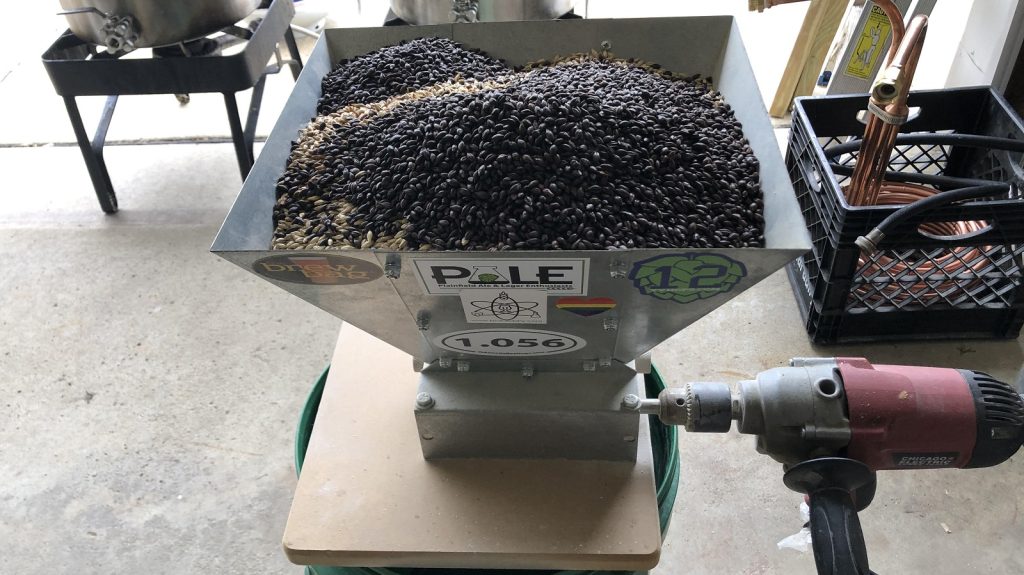
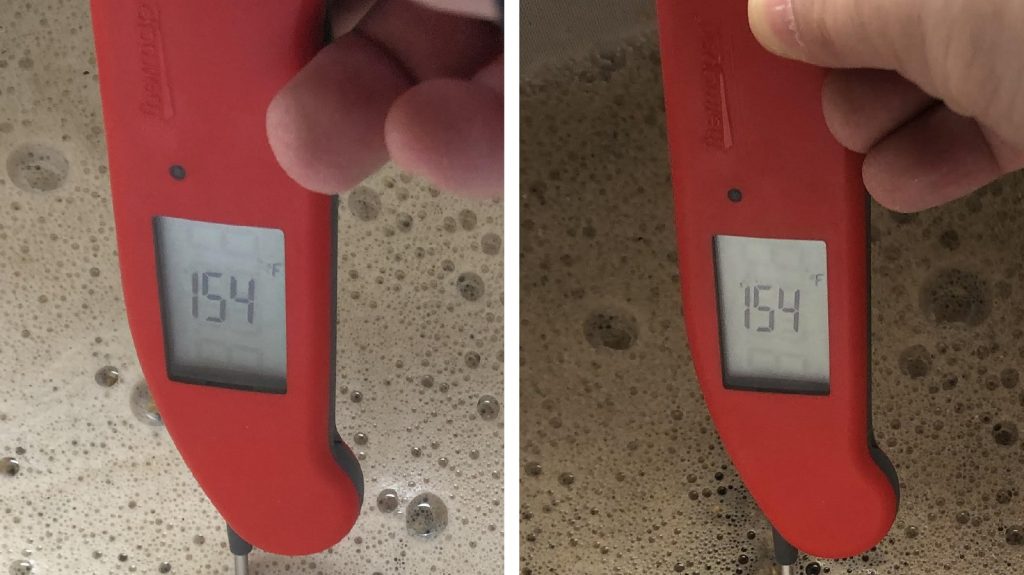
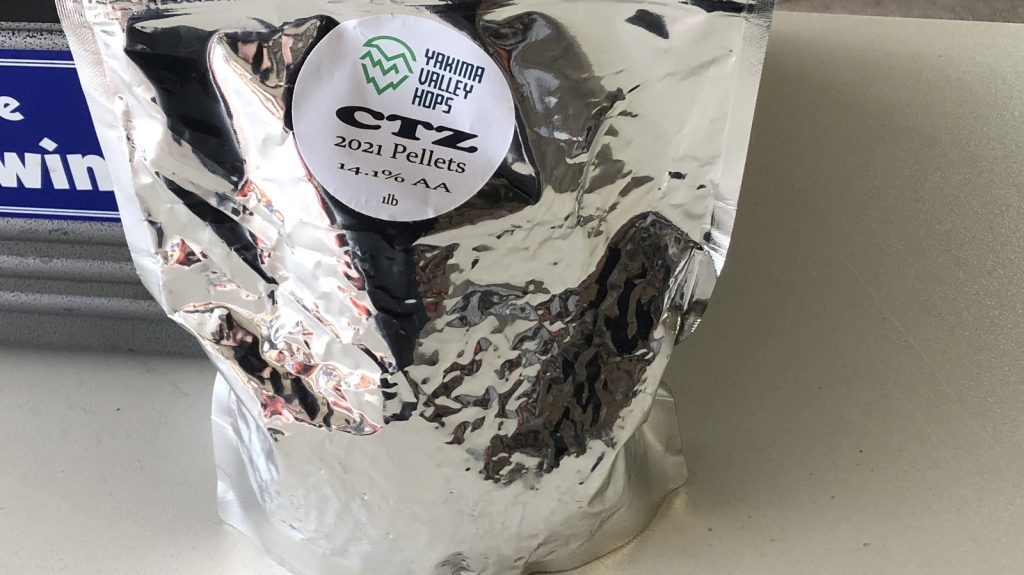
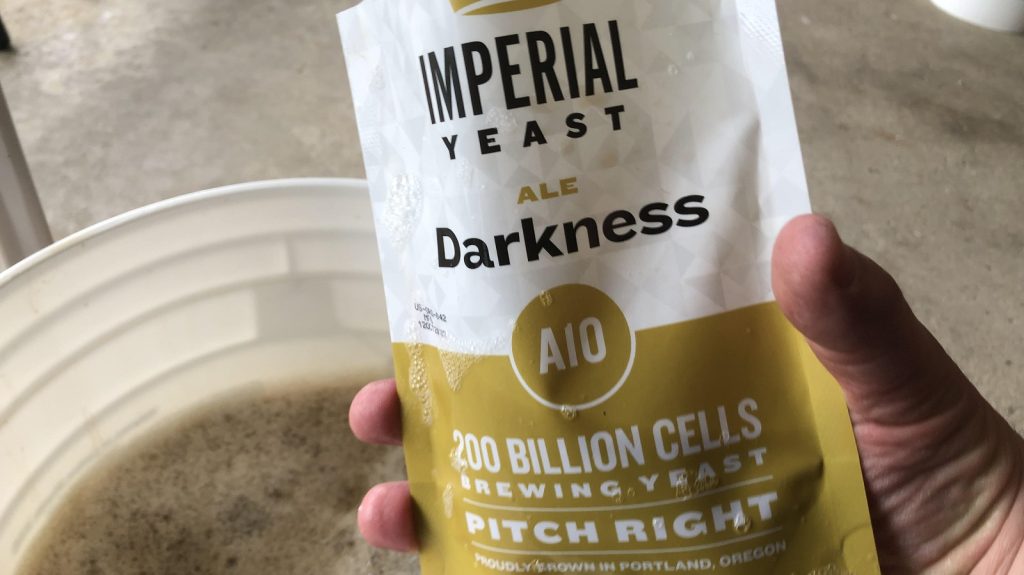











6 thoughts on “exBEERiment | Stacked Variables: Impact Reduced Mash & Boil Times Have On An American Stout”
The photo makes the 30 minute beer look darker.
Yeah, I see what you mean. Probably poor lighting in my garage.
Did you take a gravity rating after the mash was completed for both batches? It’s odd that both batches had the exact same OG after the boil.
Yes, I did and I agree it is super weird. No explanation for this one.
Were those measurements post mash also the same for both variants? Because in theory: if you have the same gravity post boil while one variant had a shorter boil, then I would expect that the gravity post mash was higher for the variant that was boiled for just 30 minutes. This seems counterintuitive since this was the short mash variant too.. So what readings did you get before boiling?
Did you notice that your boil off for the 60min boil was double the amount compared to the 30min boil?
My theory. Both mashes had the same OG because all of the malts in this recipie are highly modified. They simply did not need much mashing. However I would have expected the longer mash to be more fermentation, but not so. Still weird. Cheers.